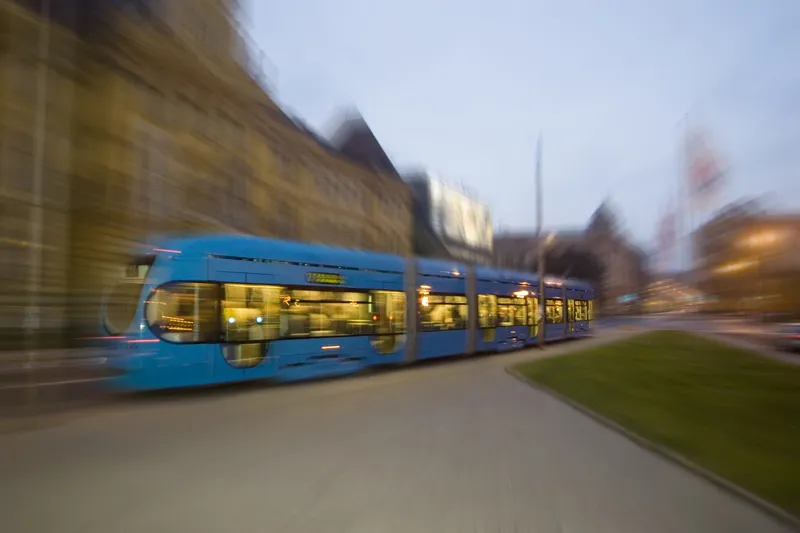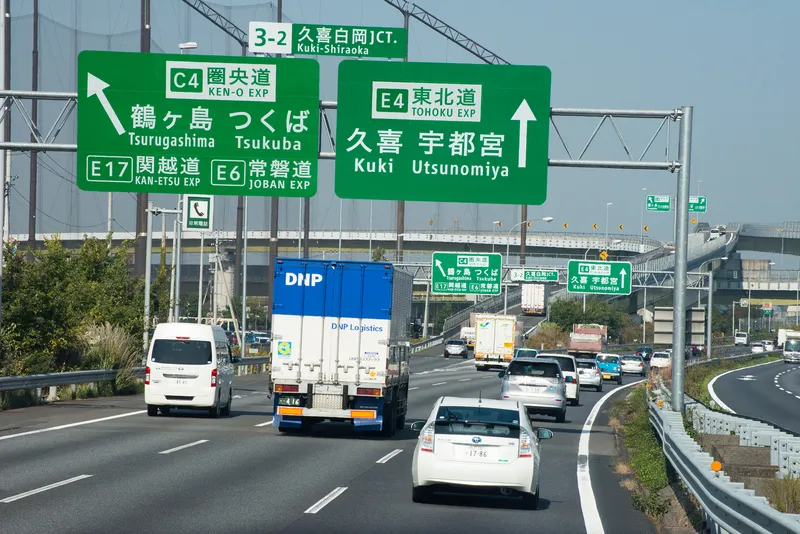The twenty-seventh edition of the Transport Market Monitor (TMM) by Transporeon and Capgemini Consulting reveals that transport prices decreased by 6.8 per cent in the first quarter of 2016 compared to the fourth quarter of 2015; when compared to the first quarter of 2015, the price index decreased by 3.2 per cent.
In the first quarter of 2016, the capacity index increased to 110.7 (25.0 per cent), the highest value since the first quarter of 2014 (index 114.4).
The diesel index dropped to the lowes
May 25, 2016
Read time: 2 mins
The twenty-seventh edition of the Transport Market Monitor (TMM) by Transporeon and 1975 Capgemini Consulting reveals that transport prices decreased by 6.8 per cent in the first quarter of 2016 compared to the fourth quarter of 2015; when compared to the first quarter of 2015, the price index decreased by 3.2 per cent.
In the first quarter of 2016, the capacity index increased to 110.7 (25.0 per cent), the highest value since the first quarter of 2014 (index 114.4).
The diesel index dropped to the lowest value since measurements began in January 2008: an index of 59.1. The index is 22.7 per cent lower than the first quarter of 2015.
According to Erik van Dort, supply chain director at Capgemini the Q1 figures are pretty much in line with what they normally see. He says, “Most remarkable is that although there was plenty of capacity and the diesel index is on an all time low, the carriers managed to get a decent price for their services”.
Peter Förster, managing director of Transporeon says a price index of 91.5 and capacity index of 110.7 are typical for the first quarter of a year. Similar values were also reached in 2012, 2013, and 2014. In the first quarter of 2015, a tendency toward high capacities and low prices was also noted, but with smaller fluctuation. Here, the shortened weeks before and after Easter already demonstrated their effect in Q1. Even if the capacities fall and the prices rise again for Q2 due to the season, he assumes that this effect will be lessened this year.
In the first quarter of 2016, the capacity index increased to 110.7 (25.0 per cent), the highest value since the first quarter of 2014 (index 114.4).
The diesel index dropped to the lowest value since measurements began in January 2008: an index of 59.1. The index is 22.7 per cent lower than the first quarter of 2015.
According to Erik van Dort, supply chain director at Capgemini the Q1 figures are pretty much in line with what they normally see. He says, “Most remarkable is that although there was plenty of capacity and the diesel index is on an all time low, the carriers managed to get a decent price for their services”.
Peter Förster, managing director of Transporeon says a price index of 91.5 and capacity index of 110.7 are typical for the first quarter of a year. Similar values were also reached in 2012, 2013, and 2014. In the first quarter of 2015, a tendency toward high capacities and low prices was also noted, but with smaller fluctuation. Here, the shortened weeks before and after Easter already demonstrated their effect in Q1. Even if the capacities fall and the prices rise again for Q2 due to the season, he assumes that this effect will be lessened this year.








